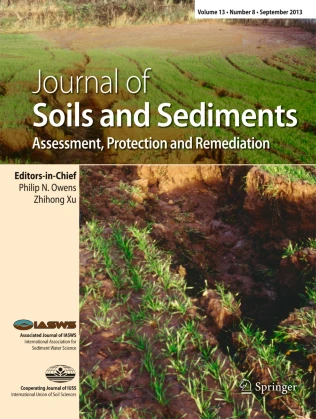How soil properties and fertilizer impact phosphorus and carbon leaching
Understanding how nutrients leave our soils and enter water bodies is critical for protecting water quality. We’re excited to share findings from a new study: “Leaching of dissolved phosphorus and carbon and phosphorus fractionation in drainage: effects of soil type, chemical characteristics and amendments”.
Phosphorus and carbon losses from soil, especially after manure or fertilizer application, can pollute rivers and lakes. But how much is lost depends on more than just what’s added to the soil. This study sets out to better understand how soil type and its chemical properties affect this leaching process. Researchers tested five types of soil (both mineral and organic) under simulated rainfall conditions. They looked at how much phosphorus (in various forms) and dissolved organic carbon drained out, both before and after manure or fertilizer was added.
This study shows that to better manage nutrient losses from agriculture, we must:
- Look beyond the surface and consider subsoil chemistry.
- Factor in soil properties when applying manure or fertilizer.
- Use soil testing (like P saturation levels) to guide nutrient management.
Smarter, soil-specific nutrient strategies are key to reducing water pollution and making farming more sustainable.
Read the full article for detailed insights into phosphorus dynamics and soil health: https://link.springer.com/article/10.1007/s11368-025-04049-z

